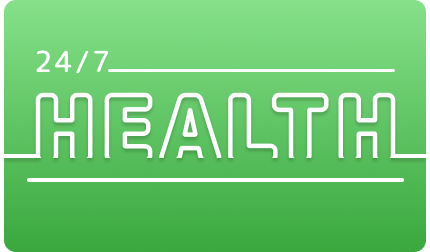The US Supreme Court will hear arguments Tuesday on a case that could curtail access to mifepristone, one of two drugs used in medication abortion.
Mifepristone was approved by the US Food and Drug Administration decades ago and has been shown to be safe and effective. But anti-abortion advocates have claimed that the drug is not safe and that the FDA didn’t study it enough to approve it.
A lawsuit was brought by anti-abortion doctors and medical organizations who allege that the FDA violated the law in how it regulated mifepristone. If a 5th Circuit ruling is upheld, it will end availability of mifepristone for medication abortion via telehealth, which would affect abortion access even in states where it’s legal.
How mifepristone works
Along with misoprostol, mifepristone is one of the drugs used for an abortion via medication, as opposed to surgery.
Mifepristone is marketed under the brand names Mifeprex and Korlym, and it’s sometimes known as RU-486.
Mifepristone blocks a hormone called progesterone, which helps the body maintain the inside of the uterus so a pregnancy can continue. A healthy uterine lining is what supports a fertilized egg, embryo and fetus.
Without progesterone, the uterus will expel its contents.
Someone having a medication abortion takes mifepristone and then, after 24 to 48 hours, takes misoprostol. That drug helps empty the uterus through heavy bleeding and muscle contractions.
The medications can be taken as soon as someone learns that they are pregnant and up to 70 days or less since the first day of their last period.
This method is effective 99.6% of the time when used to end a pregnancy, studies show.
How safe is mifepristone?
Data from hundreds of studies and 23 years of approved use has shown that mifepristone is highly safe and effective, according to 12 of the country’s most respected medical associations, including the American College of Obstetricians and Gynecologists and the American Medical Association, that signed an amicus brief in the Texas case.
This medicine combination for abortion is also available in more than 60 other countries.
Since its approval in the US in 2000, there have been 5 deaths associated with mifepristone for every 1 million people who used it, according to the FDA. That means the death rate is 0.0005%.
Mifepristone’s safety is on par with those of common over-the-counter pain relievers like ibuprofen and acetaminophen, studies show.
Side effects of mifepristone
Mifepristone usually doesn’t have many side effects, doctors say, but as with any drug, there can be short-lived ones.
Side effects of mifepristone may include dizziness, weakness, vomiting, headache, diarrhea, nausea, and fever or chills, according to the FDA.
Major adverse events like blood loss, hospitalization or a significant infection are “exceedingly rare,” happening in less than 0.3% of patients, according to the medical associations’ amicus brief.
How often is mifepristone used?
The mifepristone-misoprostol combination is the most common abortion method in the US.
Data from the Guttmacher Institute, a research and policy organization focused on sexual and reproductive health that supports abortion rights, shows that this option has become steadily more common over the two decades it’s been available, rising from less than 10% of all abortions in the US in 2001 to 53% in 2020 and 63% in 2023.
Misoprostol on its own
No matter the status of mifepristone, misoprostol would still be available and could be used for a medication abortion on its own.
The only use of misoprostol that’s approved by the FDA is for the prevention and treatment of gastric ulcers. But some doctors use it “off-label” by itself for an abortion; it can also have other off-label obstetric or gynecologic uses such as inducing labor.
Studies show that misoprostol alone is effective and safe for an abortion and is a “reasonable” option for people who want an abortion in the first trimester, according to a 2019 review of multiple studies, but the two-drug regimen is considered more effective.
This review said that across all studies of people who took only misoprostol, about 78% had complete abortions, and a viable pregnancy was terminated in more than 93% of the cases. At most, 0.2% of cases had serious complications that required a transfusion or hospitalization.
“Misoprostol still works very well and is very safe,” Wong said. “Mifeprestone typically does not cause any side effects as it stops the pregnancy hormone. With misoprostol, some people may tolerate it a bit less because of some side effects like nausea, vomiting, sometimes things like diarrhea or a transient fever. Those are still safe and expected side effects, but they are still uncomfortable for anyone.”





